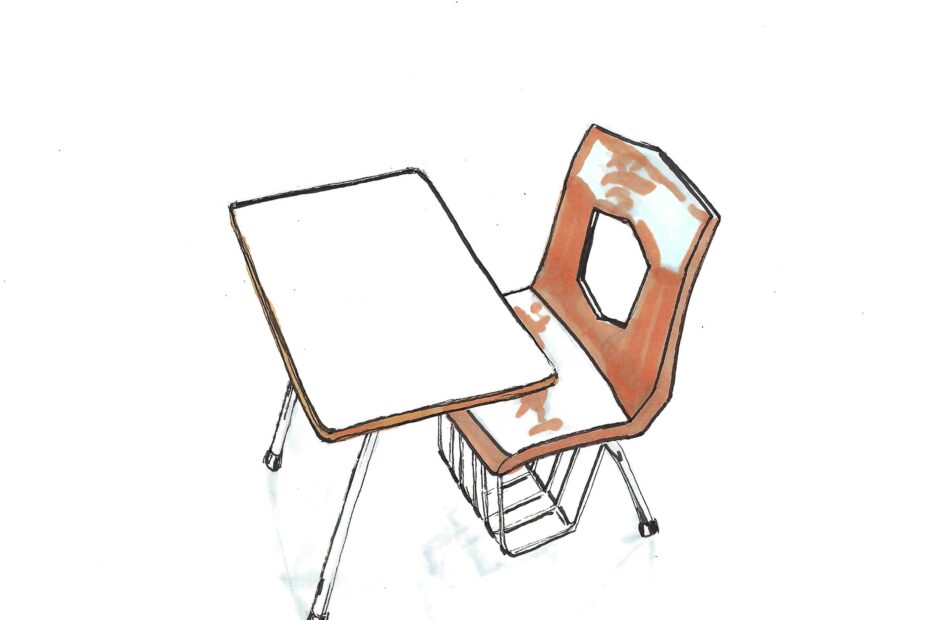Five weeks of picket lines and chants faded into the background as Quebec schools cautiously reopened their doors on January 9. For students, returning to classrooms meant reconciling months of missed lessons and potential learning gaps. For teachers, it marked a complex transition – a mixture of relief at resuming their roles and trepidation regarding the road ahead. Recent agreements signal a potential end to the disruptions, but anxieties still linger around their implementation.
At the heart of the dispute lies teachers’ demands for improved working conditions and increased support for students, primarily centered around smaller class sizes, reduced workloads, and increased autonomy for educators. These demands were articulated by the Fédération autonome de l’enseignement (FAE) representing 40 per cent of teachers, and the Common Front alliance of four public sector unions. They resonated with many educators struggling with understaffing and administrative burdens.
The strike has received widespread support. As shown by a Léger poll conducted during the strike, 82 per cent of Quebecers backed teachers’ demands for smaller class sizes and reduced workloads. The financial strain on teachers was also exacerbated by a significant salary disparity: while the annual national average for a teacher’s salary in 2022 was $86,830, Quebec educators remained behind, earning an average of only $80,259. This income gap, coupled with rising living costs in the province, intensifies the challenges faced by many teachers and further drives their push for improved working conditions.
“Healthy and well-supported teachers are paramount for successful student learning,” wrote Nanre Nafziger, Assistant Professor at McGill’s Department of Integrated Studies in Education (DISE), in an interview with the Daily. Nafziger was one of 140 education professors across Quebec to sign an open letter in support of the teachers’ demands. This sentiment underscores the importance of those demands, which research suggests could benefit both educators and students by fostering a more positive classroom environment and improving learning outcomes. Reducing class size, for example, aligns perfectly with Nafziger’s statement by prioritizing teacher well-being and creating conditions for optimal learning, benefiting both educators and students. Studies have shown that smaller classes, as sought by the teachers, can lead to a 15 per cent increase in student achievement, further substantiating the value of their demands.
The consequences of the strike were multifaceted. Missed school days impacted student learning, particularly for children facing social or economic disadvantages. Parents juggled childcare disruptions and anxieties about their children falling behind. The financial impact on families, from missed workdays to childcare costs, added another layer of stress to the situation. Recognizing these challenges, the Quebec government has announced a $300 million tutoring plan to help students catch up on missed coursework and address learning gaps. Nafziger further highlights the strike’s “significant impact” on students’ social and emotional development, emphasizing that “school environments do not only include the classroom.” Students missed out on daily experiences that help them learn, problem-solve, and create outside the classroom. This sentiment was echoed across social media, through channels like TikTok’s CBC Montreal, Instagram’s La FAE, and Facebook’s public group: CALL FOR GENERAL STRIKE. Addressing these losses, she adds, requires “a collective effort and responsibility” from schools, parents, and communities, potentially including “intensive after-school tutoring and programming” to minimize the long-term disruptions.
While anxieties persist, tentative agreements offer a potential path forward. Some conclusions have been reached on the principle of the contract between the Quebec government and the teachers’ unions, but the details are not yet official and final. Increased funding for education, stipulated in the deals, aims to address teacher concerns regarding workloads and class sizes. Furthermore, these tentative agreements extend beyond the realm of education, encompassing an additional 420,000 Quebec public sector workers represented by the ‘Common Front’ unions. Their deals include a 17.4 per cent salary increase over five years, representing a broader commitment to addressing concerns within the public sector. Additional support for students who fell behind during the strike, including initiatives like after-school tutoring programs, have been implemented in an effort to mitigate the academic impact of the disruption.
However, challenges remain. The implementation of the agreements – a crucial phase – carries its own uncertainties. “The province is considering making extra resources available to students who need them” remarked Kathleen Legault, president of an association representing principals and managers in Montreal, in a CBC News editorial on January 7, emphasizing that the provincial government is actively considering providing additional resources to support students affected by the strikes. On managing smaller class sizes, “The government said it couldn’t decrease class sizes because there aren’t enough teachers in the province,” wrote CBC Kids News on January 8, implying an acknowledgment of the concern but raising doubts about immediate action due to resource limitations and the incomplete nature of the current agreement.
Immediate concerns aside, the strike raised fundamental questions about the future of education in Quebec. Nafziger emphasized the need for a holistic approach that prioritizes not just this strike’s specific demands, but also broader issues like investment in education and long-term solutions for classroom challenges: “Education is the bedrock of our society, and teachers are essential workers that carry out the very important and critical task of taking care of and training our children every day.” She also expressed concern about the potential for educational disparities due to the strike, particularly regarding access to higher education institutions like CÉGEPs.
Beyond the implementation of policy, sustained dialogue, collaborative endeavors, and a shared commitment to quantifiable improvements in student engagement, teacher satisfaction and academic achievement have emerged as vital cornerstones for unlocking a vibrant educational experience for learners and educators. Beyond official channels, platforms like TikTok and Instagram filled with the voices of students, parents, and educators, echoing the call for change and amplifying the impact of the strike. The five-week strike by Quebec teachers highlighted the need for improved working conditions for educators, increased support for students, and a long-term commitment to investing in education.
